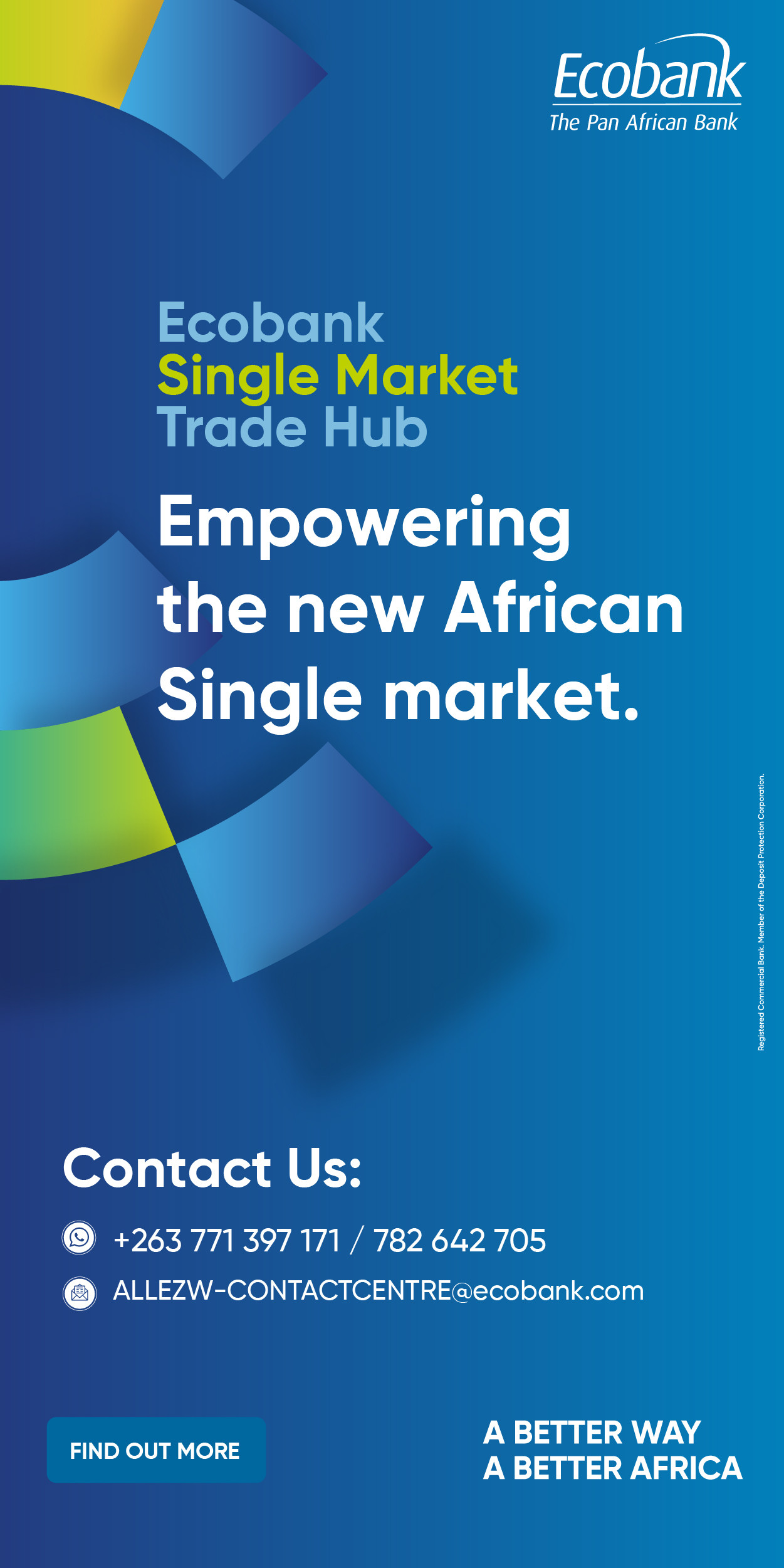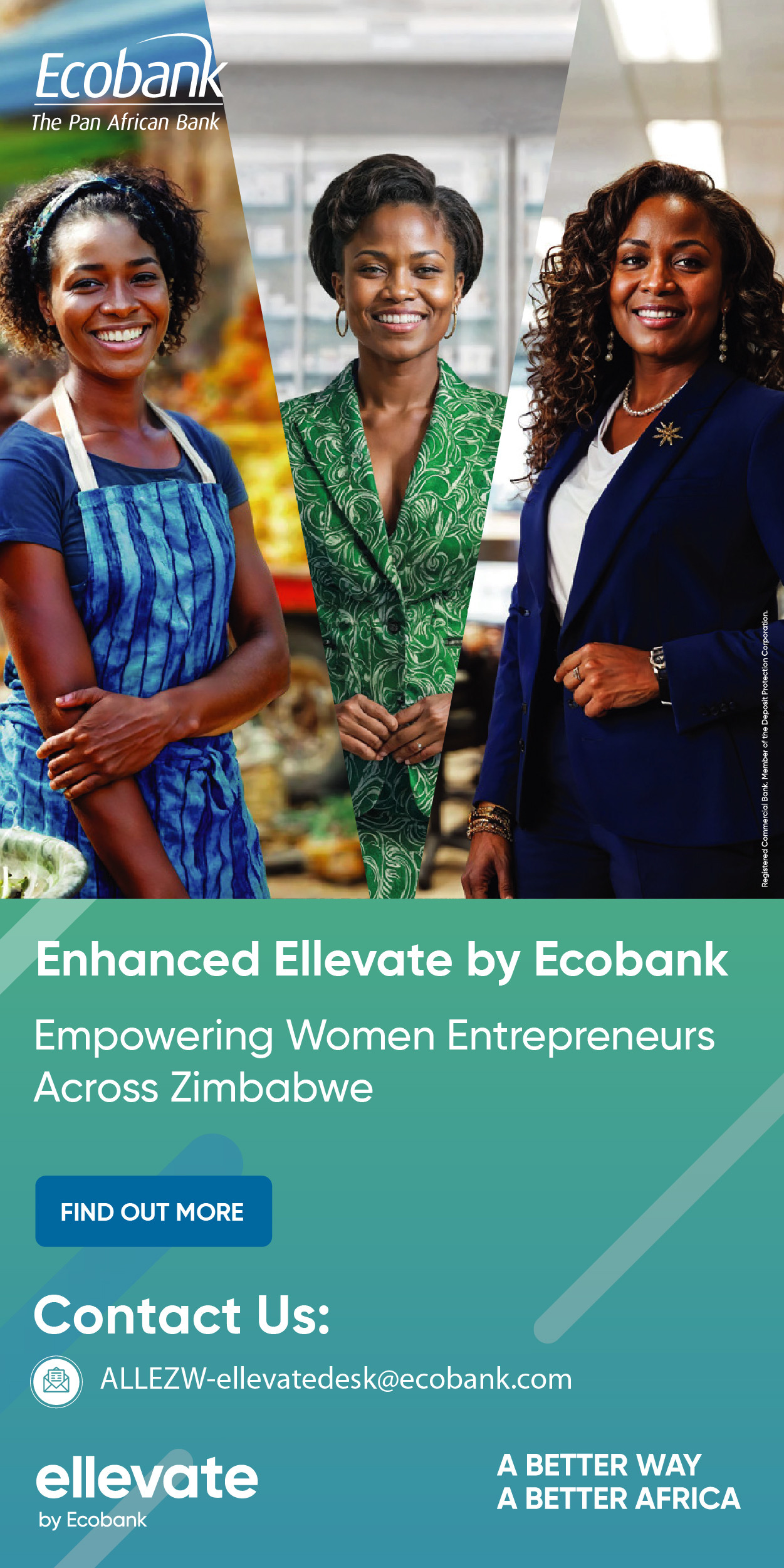- Zimbabwe's mining sector achieved a 16% increase in mineral export volumes in the first quarter of 2025
- There was a 27% decline in export earnings, which fell to US$555.2 million from US$758.7 million
- The PGM sector faced significant hurdles, primarily due to the delayed Mimosa-Zimplats toll processing deal
Harare-Zimbabwe’s mining sector has achieved a 16% increase in mineral export volumes in the first quarter of 2025 reaching 1 million metric tonnes compared to 883,301 tonnes in Q1 2024, according to the Minerals Marketing Corporation of Zimbabwe (MMCZ).
However, this growth was overshadowed by a 27% decline in export earnings, which dropped to US$555.2 million from US$758.7 million in the same period last year, largely due to challenges in the platinum group metals (PGM) sector.
The sector’s revenue was led by PGM matte, which generated US$208.4 million from 4,762 ounces, driven by strong performances at Zimplats and Unki mines.
Spodumene, a lithium ore critical for electric vehicle (EV) batteries, contributed US$83.5 million from 244,414 tonnes.
High-carbon ferrochrome, used in stainless steel production, added US$73.4 million from 98,129 tonnes, supported by improved production efficiencies.
Coke, bolstered by Hwange coal and robust regional demand, brought in US$51.8 million from 264,331 tonnes.
In contrast, PGM concentrates underperformed, earning only US$48.7 million from 15,250.8 tonnes due to processing constraints at Mimosa Mining Company.
The PGM sector faced significant hurdles, primarily due to the delayed Mimosa-Zimplats toll processing deal.
This forced Mimosa to export unprocessed PGM concentrates at lower prices reducing earnings.
Anglo American’s Unki Mine experienced production slowdowns in late 2024 caused by persistent power shortages, further limiting output.
These challenges prevented the sector from fully capitalizing on global demand for PGMs, which are essential for catalytic converters and various industrial applications.
Zimbabwe’s mining sector operates within a challenging environment marked by infrastructure deficits, currency volatility, and energy constraints.
Chronic power shortages, driven by low water levels at Kariba Dam and aging thermal power plants, have disrupted energy-intensive operations like PGM smelting.
Despite these issues, the government’s “Zimbabwe is Open for Business” mantra, launched in 2018, has attracted significant investment, particularly in lithium and coal, fuelled by global green energy trends and regional industrial demand.
However, bureaucratic hurdles and policy inconsistencies continue to hinder the sector’s growth potential.
Equity Axis News





